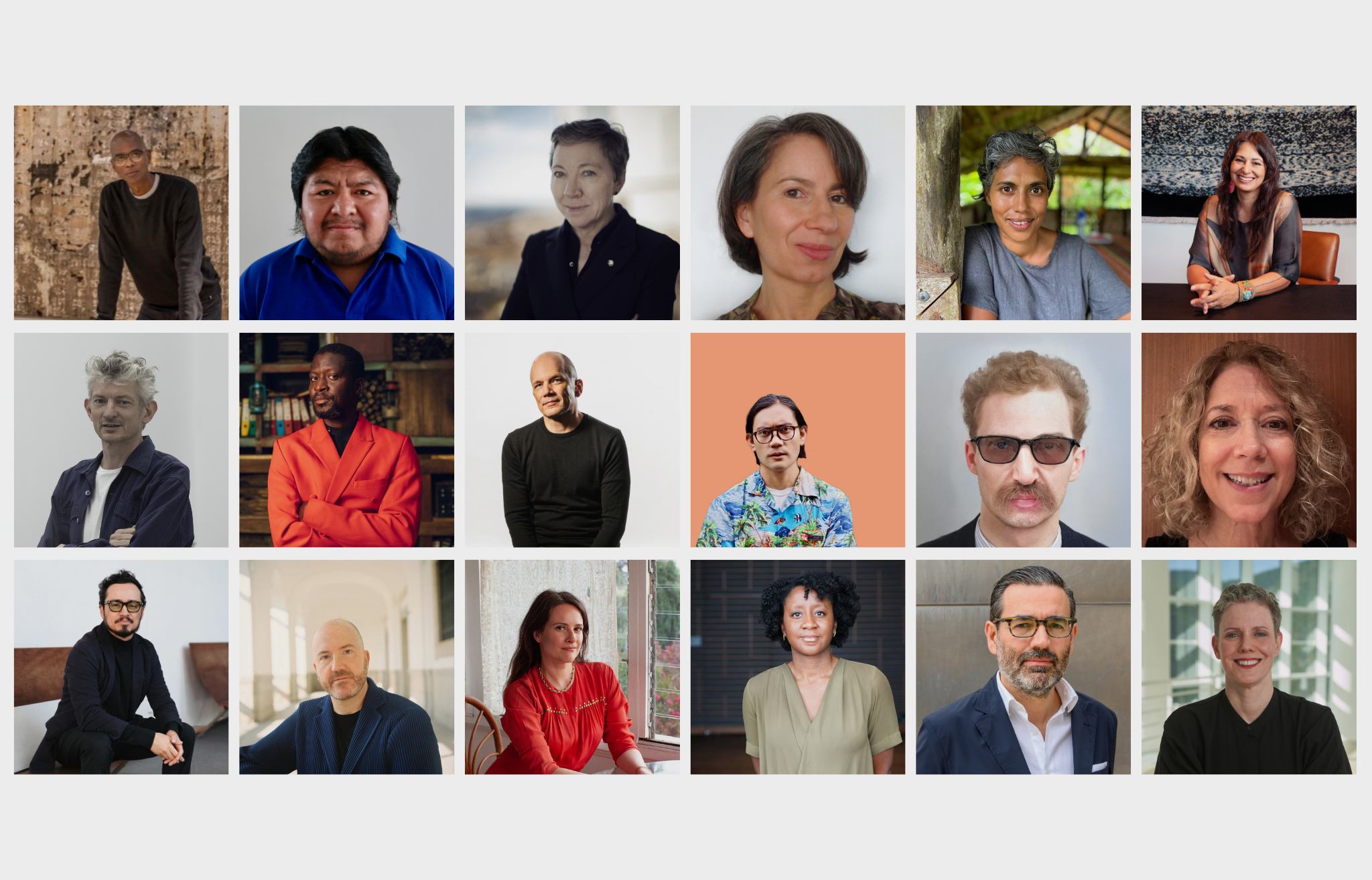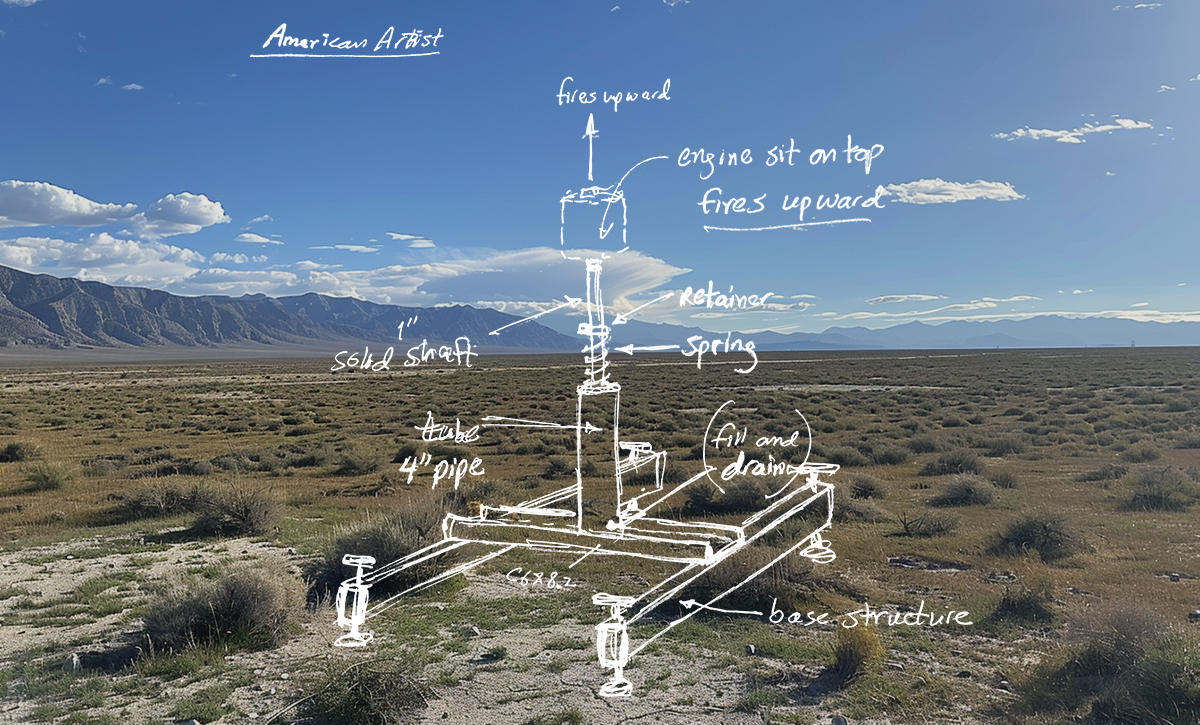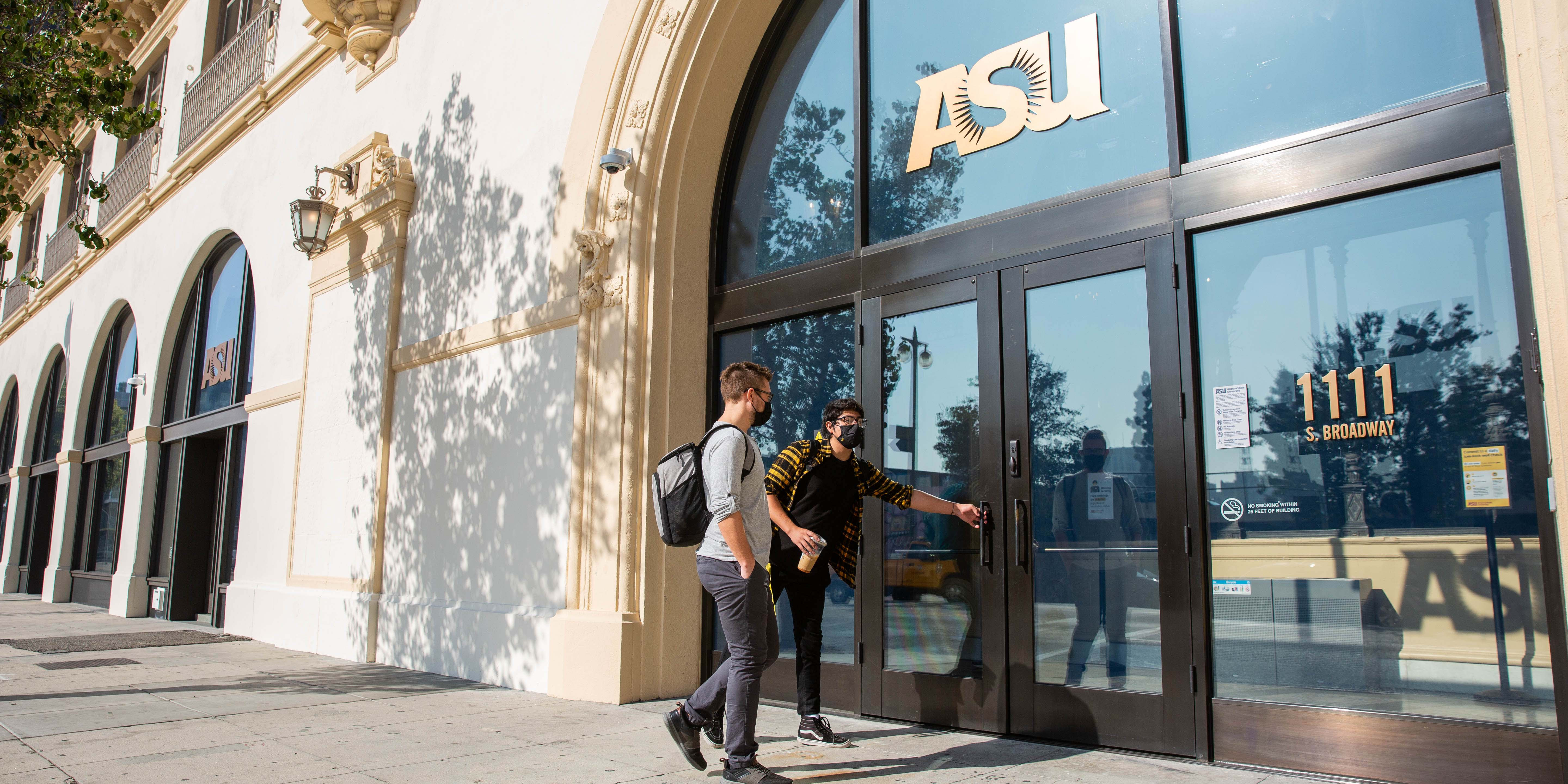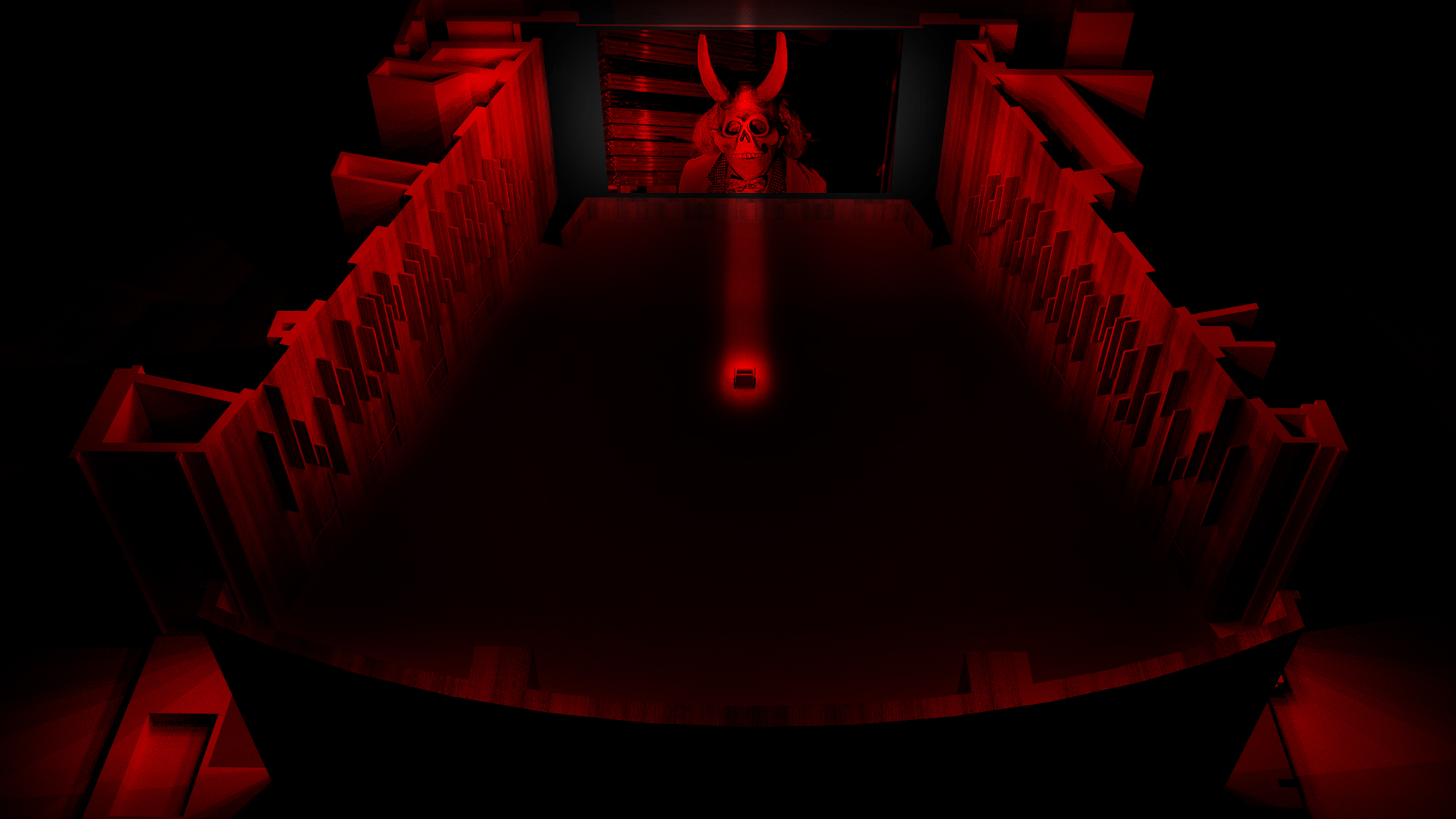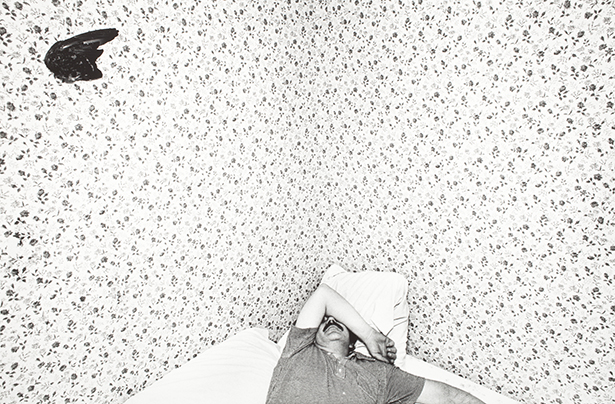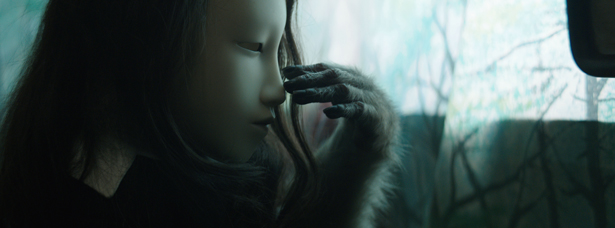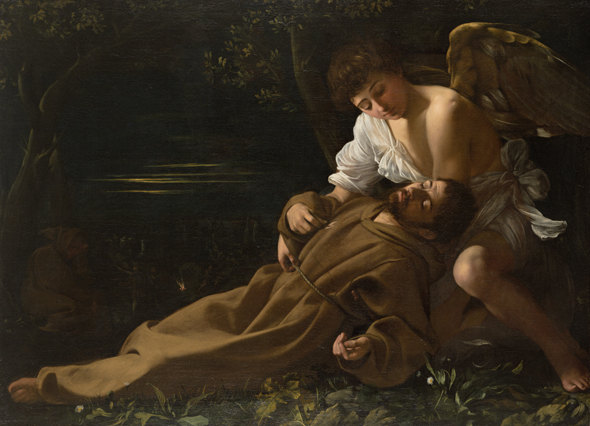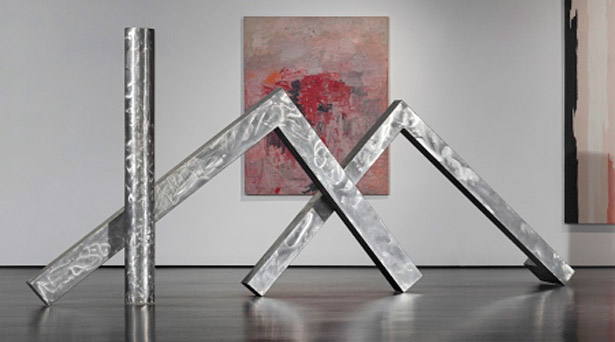Enter the dream-like world of surrealism, where the floor is made of clouds, the sky is covered in freeways, and the best view in LA is of the New York skyline…
Magritte and Contemporary Art:
The Treachery of Images
November 19, 2006-March 4, 2007
Exhibition Design: JOHN BALDESSARI
Los Angeles County Museum of Art
(LACMA)
5905 Wilshire Boulevard,
Los Angeles CA, 90036.
For more information about LACMA
log on to www.lacma.org
RESERVE YOUR EXHIBITION TICKETS TO MAGRITTE!
Promo Code: RM eflux
The Los Angeles County Museum of Art (LACMA) presents Magritte and Contemporary Art: The Treachery of Images, the first major exhibition to explore the impact of Belgian surrealist artist René Magrittes (18981967) work on U.S. and European artists of the post-war generation. Featuring sixty-eight paintings and drawings by Magritte, including many international loans of his signature works, and sixty-eight works in diverse media by thirty-one contemporary artists such as Richard Artschwager, John Baldessari, Vija Celmins, Robert Gober, Jasper Johns, Jeff Koons, Ed Ruscha, and Andy Warhol, the exhibition examines the different and sometimes unconscious ways that pop, conceptual, and post-modern sensibilities have referenced Magrittes ideas and imagery. In addition, the exhibition installation is specially designed by conceptual artist John Baldessari and includes an inventive presentation that is playful and humorous, yet provides a deep visual understanding of Magrittes work. Magritte and Contemporary Art: The Treachery of Images is on view at LACMA from November 19, 2006, through March 4, 2007, and will not travel to other venues.
Co-curated by Stephanie Barron, LACMA Senior Curator of Modern Art, and Michel Draguet, Director of the Musées Royaux des Beaux-Arts de Belgique, with cooperation from the Magritte Foundation, Magritte and Contemporary Art: The Treachery of Images goes beyond overt analogies between the work of Magritte and contemporary artists to explore the more idiosyncratic and subtle connections of visual, thematic, and philosophical references. Looking at works in a range of media from a number of decades, the exhibition reveals the ways in which Magrittes visual vocabulary and artistic strategies have seeped into our culture, and demonstrates how his subversive juxtaposition of words and images, flat painting style, and constant exploration of perception have profoundly affected subsequent generations of artists. The exhibition features works by contemporary artists Eleanor Antin, Art and Language, Richard Artschwager, John Baldessari, Mel Bochner, Marcel Broodthaers, Vija Celmins, Robert Gober, Philip Guston, Douglas Huebler, Jasper Johns, Ray Johnson, Mike Kelley, Martin Kippenberger, Jeff Koons, Joseph Kosuth, Barbara Kruger, Sherrie Levine, Roy Lichtenstein, Claes Oldenburg, Raymond Pettibon, Sigmar Polke, Richard Prince, Robert Rauschenberg, Charles Ray, James Rosenquist, Ed Ruscha, David Salle, Jim Shaw, Andy Warhol, and Lawrence Weiner.
At the center of the exhibition is LACMAs Magritte masterpieceThe Treachery of Images (This Is Not a Pipe) (1929)a seminal painting and popular cultural icon. Although the artist has been more commonly associated with surrealism, he was mainly fascinated by the arbitrary relationship between everyday objects, abstract images, and language. The Treachery of Images (This Is Not a Pipe) is his most well-known and groundbreaking word-and-image painting and features an image of a pipe with a simple accompanying phrase in French saying, This is not a pipe. Magrittes juxtaposition of the object and text undermines the presumed interpretation of the painting and these philosophical approaches attracted many post-war artists.
As contemporary art evolved in the 1960s, Magrittes increased exposure in the United States coincided with the rise of a number of artists expressing similar themes and attitudes in their work. Jasper Johns Figure 7 (1955) shares Magrittes interest in visual perception and the paradoxes between objects and words. However, Johns updates this exploration by applying it to flat objects, signs, alphabets, or numbersstaples of pop art production. The larger-than-life-size sculptures made by Claes Oldenburg, like his Baked Potato #1 (1967), parallel Magrittes use of everyday objects and alterations in scale, such as Personal Values (1952) and The Listening Room (1952), but Oldenburgs choice of a mundane and perishable baked potato more aggressively attacks the sanctity of art. Roy Lichtensteins Stretcher Frame (1968) questions the traditional use of the picture framea motif that Magritte explored in works like The Six Elements (1929).
The theoretical ideas proposed in The Treachery of Images (This Is Not a Pipe) became widely known through an important text by philosopher Michel Foucault and attracted conceptual artists of the late 1960s and 1970s. John Baldessaris Wrong (1967) features a photograph of the artist with the word WRONG underneath, explaining how not to take a photograph. Joseph Kosuth literally defines words in his definition paintings, which explain to the viewer what they are seeing or experiencing, in Definition (Thing) (1968). Mel Bochners wall painting, Language Is Not Transparent (1970), is the artists manifesto that linguistic meaning is unstable. Ed Ruschas Lion in Oil (2002) evokes his fascination with word play and can be related to Magrittes application of random and unrelated titles to paintings.
Magrittes brief experimental phases are alluded through works by artists of the 1980s and 1990s. During the 1940s, Magritte abruptly changed his recognized flat painting style to sunlit surrealism, a manner of painting inspired by French Impressionist Pierre-Auguste Renior. Later that decade, he switched to loud, clashing colors and deliberately dark themes known as the période vache. Even though Magrittes critics lambasted these artistic styles, these disquieting paintings took on a new resonance and importance in relation to the work of post-modern artists. Jim Shaws appropriation of Magrittes sunlit surrealism can be seen in his naive depiction of radiating lines beaming from a floating rock in Red Rock (1990). Martin Kippenbergers violent brushstrokes in the vibrant yet disturbing painting Punch VIII (Kasperle VIII) (1993) suggests a période vache-style rebellion that seeks to broaden artistic expression by attacking the ideals of good taste and craftsmanship.
The exhibition also features a few works by contemporary artists who make direct visual reference to Magritte. Playing on the idea of artistic influence, MUn tableau Magritte (1967), by Marcel Broodthaers, features a photograph of Magritte reading a book by Broodthaers with the word Magritte painted on the side of the canvas imitating the artists signature. Taken in LACMAs gallery during her 1999 retrospective, Eleanor Antins photograph This Is Not 100 BOOTS (LACMA, March 17, 1999, 4:32pm) (1999) shows some of her boots contemplating The Treachery of Images (This is not a pipe) and signals Antins awareness of her own works entrance into art history. When talking about her oversized sculpture Untitled (Comb) (1970), Vija Celmins remembers a real comb that belonged to her parents, but she is emphatic about the importance of Magrittes painting. The artist notes, By having snatched the comb out of it (Personal Values), I figured that when I showed (the comb) upright in a corner of a room, this painting would come to mind . . . always.
Credit
About LACMA: In April 2006, Michael Govan became CEO and Wallis Annenberg Director of the Los Angeles County Museum of Art (LACMA). He is the seventh person to hold the position of Director in the museums 41-year history. Established as an independent institution in 1965, the Los Angeles County Museum of Art has assembled a permanent collection that includes approximately 100,000 works of art spanning the history of art from ancient times to the present, making it the premier encyclopedic visual arts museum in the western United States. Located in the heart of one of the most culturally diverse cities in the world, the museum uses its collection and resources to provide a variety of educational and cultural experiences for the people who live in, work in, and visit Los Angeles. LACMA offers an outstanding schedule of special exhibitions, as well as lectures, classes, family activities, film programs, and world-class musical events. The museum offers free admission after 5 pm every day the museum is open and all day on the second Tuesday of each month. LACMA’s Free after Five program is sponsored by Target.
Museum Hours and Admission: Monday, Tuesday, and Thursday, noon8 pm; Friday, noon9 pm; Saturday and Sunday, 11 am8 pm; closed Wednesday. Discounted admissions for students 18 with ID and senior citizens 62 ; children 17 and under are admitted free. Admission (except to specially ticketed exhibitions) is free the second Tuesday of every month, and every evening after 5 pm.


